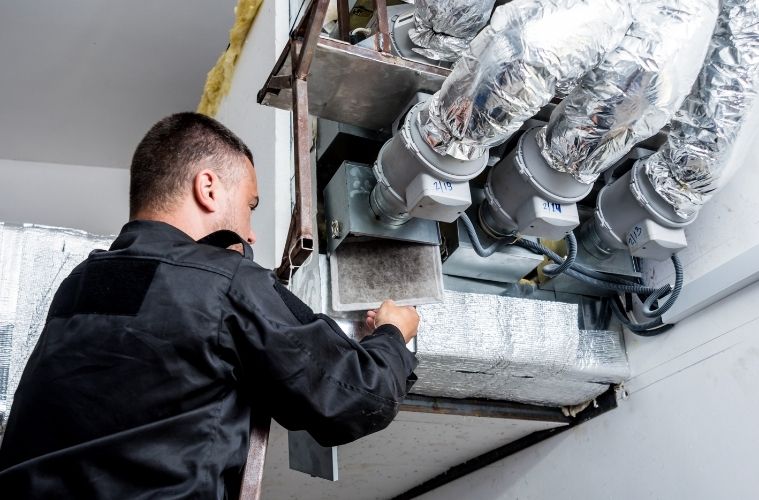Sustainability is more than a modern buzzword frequently heard around the world in recent years. The stride toward minimizing carbon emissions—and halting climate change—is listed on many people’s agendas. Today’s homeowners should consider the environmental impact of their lifestyle to reduce their household’s ecological footprint.
Practicing green habits is good economics for the long haul, not just a mere trend. Investing in sustainable options benefits everyone, extending not only the lifespan of the Earth but also boosting the health of your home and loved ones. Let’s examine closer a few of the leading methods to go green at home. Here are evident strategies for sustainability.
Evaluate and Manage Your Energy Output
Energy waste is unnecessary and avoidable pollution. Within interior spaces, outfitting a home with energy-efficient products is an active strategy for change. However, a whole-house system approach can help you consider the assorted variables and interactions that affect energy use at home. Consider appliances, electronics, lighting, water heating, windows, doors, and space heating and cooling.
An energy auditor can provide greater details about your home’s current structure and how system improvements could boost overall efficiency. Eco-friendly solutions lie in the foundational design of a residence, not exclusively off-the-shelf gadgets.
Take Care of Your Ventilation
Maintaining a comfortable temperature in your interiors is pivotal for quality of life. That said, many homeowners critically overlook the importance of ventilation. If you strive to go green at home, taking proper care of space heating and cooling is one of the top strategies for sustainability. A traditional HVAC system tends to be the main culprit of energy consumption. In fact, temperature controlling systems account for almost half of a household’s energy use in the US.
Keep vents clean on a regular basis and consider utilizing a smart thermostat that can control temps when you’re away from your home. Don’t forget about strategic ways that naturally and effectively move air throughout your interior spaces—opposing-sided skylights or windows create a flowing venturi effect. Superior insulation fights climate change and regulates airflow for ultimate performance.
Conserve Resources Through Active Measures
Going green at home revolves around the use of the right materials and the limited use of necessary resources. Eco-conscious homeowners do not deplete limited resources but rather strive to reuse, recycle, or chose low-impact alternatives.
Advanced systems can now support alternative energy and the harvesting and recycling of water within a home. Responsibly sourced woods and textiles—and eco-friendly paints and furnishings—are readily available on the market. There’s no need to give up style, luxury, quality, or comfort. Opportunities exist every day to make informed decisions that support sustainable living now and for the future.

